15 Learning Activities That Don’t Look Like Learning
When most people think of learning, images of textbooks and classrooms come to mind. However, research shows that meaningful growth often occurs during engaging, everyday experiences that don’t feel academic at all. Whether it’s playing games, exploring the outdoors, or cooking together, these activities nurture essential skills without a formal lesson. By recognizing and embracing these disguised learning opportunities, parents and educators can foster a love for discovery beyond traditional educational settings.
1. Cooking Together

Cooking with children is a hands-on way to build essential skills. Reading recipes sharpens literacy, while measuring ingredients introduces practical math concepts. Following steps encourages focus and logical thinking. Cooking also opens conversations about nutrition, chemistry, and global cuisines, making it a rich, multidisciplinary experience. Cooking together can spark curiosity and foster learning in surprising ways.
2. Gardening

Gardening inspires curiosity about biology and the natural world. As children care for plants, they learn about weather patterns, soil conditions, and plant lifecycles, fostering scientific observation and responsibility. Tracking growth and discussing the effects of sunlight and water help develop critical thinking skills.
3. Building with Blocks or LEGO
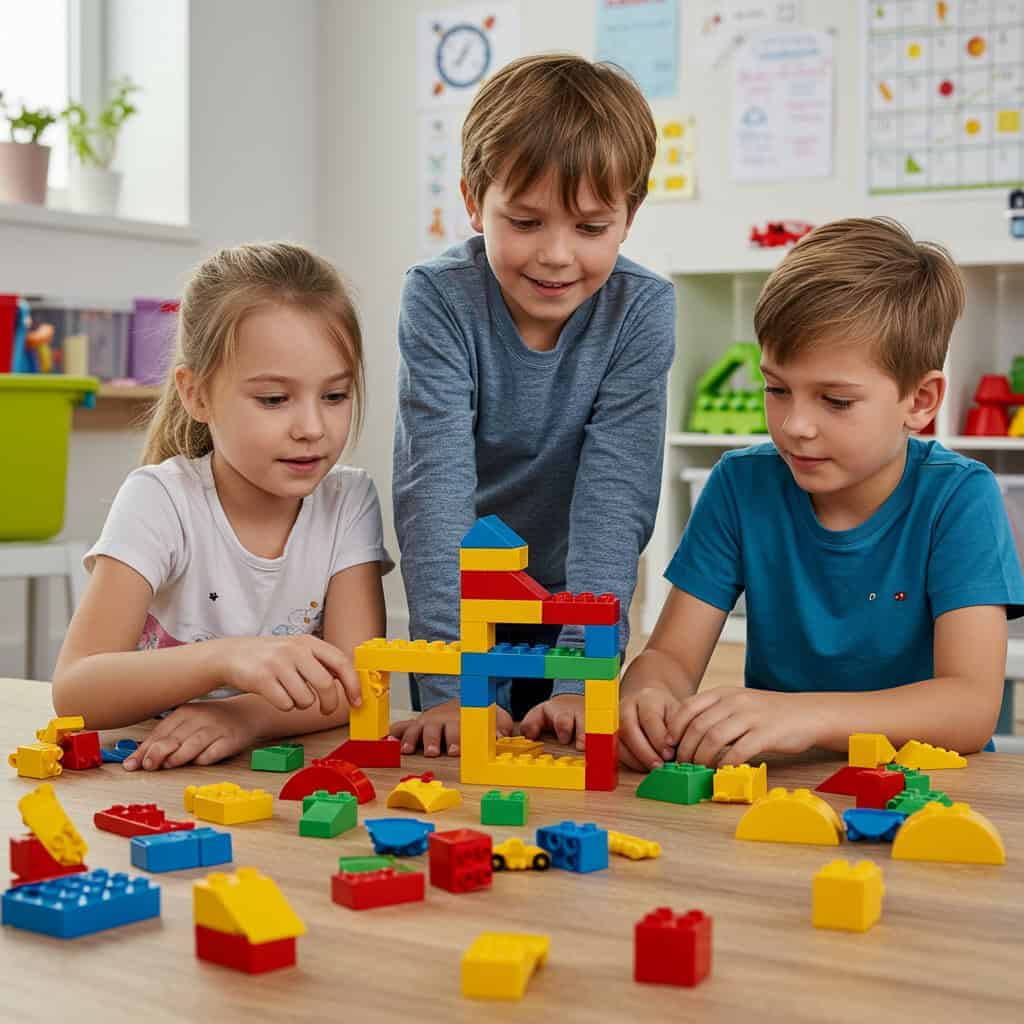
Playing with blocks or LEGO sets fosters spatial reasoning, problem-solving, and creative thinking. Children must plan their constructions, practice patience, and often collaborate with others, building essential teamwork and communication skills. Block play helps kids develop spatial skills that are foundational for later success in STEM fields, all while having fun.
4. Nature Walks and Scavenger Hunts

Spending time outdoors through nature walks or scavenger hunts sharpens observation skills, encourages categorization, and inspires inquiry about the environment. Searching for specific plants, insects, or rocks introduces children to new vocabulary and concepts about local ecosystems. Incorporating simple field guides or keeping a nature journal adds a literacy element to the adventure.
5. Board Games

Classic board games are a fun way to develop strategic thinking, practice turn-taking, and reinforce counting skills. Games such as Scrabble also introduce spelling and vocabulary, making language learning engaging and interactive. Critical thinking and problem-solving are naturally woven into gameplay. Educational board games provide valuable learning opportunities while keeping children entertained.
6. Playing Dress-Up
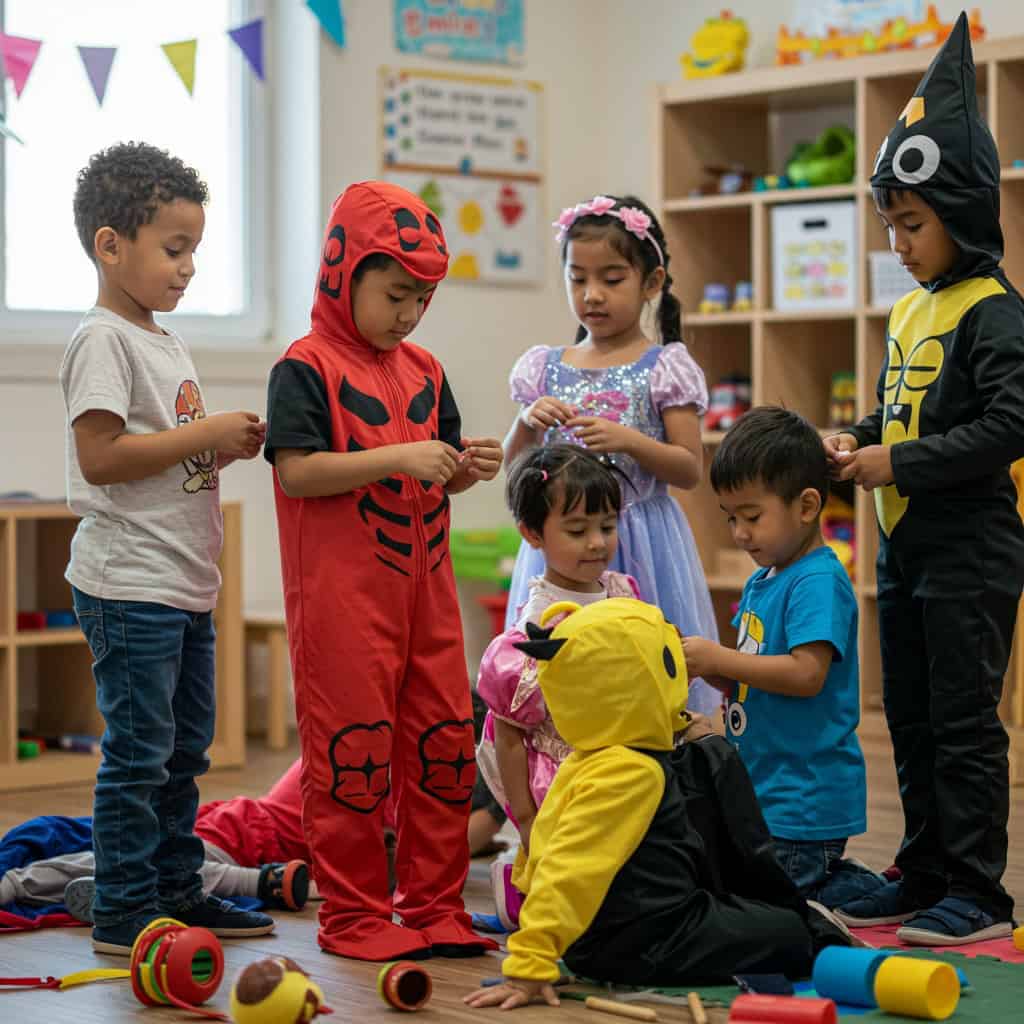
Pretend play through dress-up encourages language development, storytelling, and empathy as children take on different roles. Designing costumes or acting out scenarios nurtures creativity, fine motor skills, and social awareness. These imaginative activities help kids understand diverse perspectives and emotions.
7. Making Music
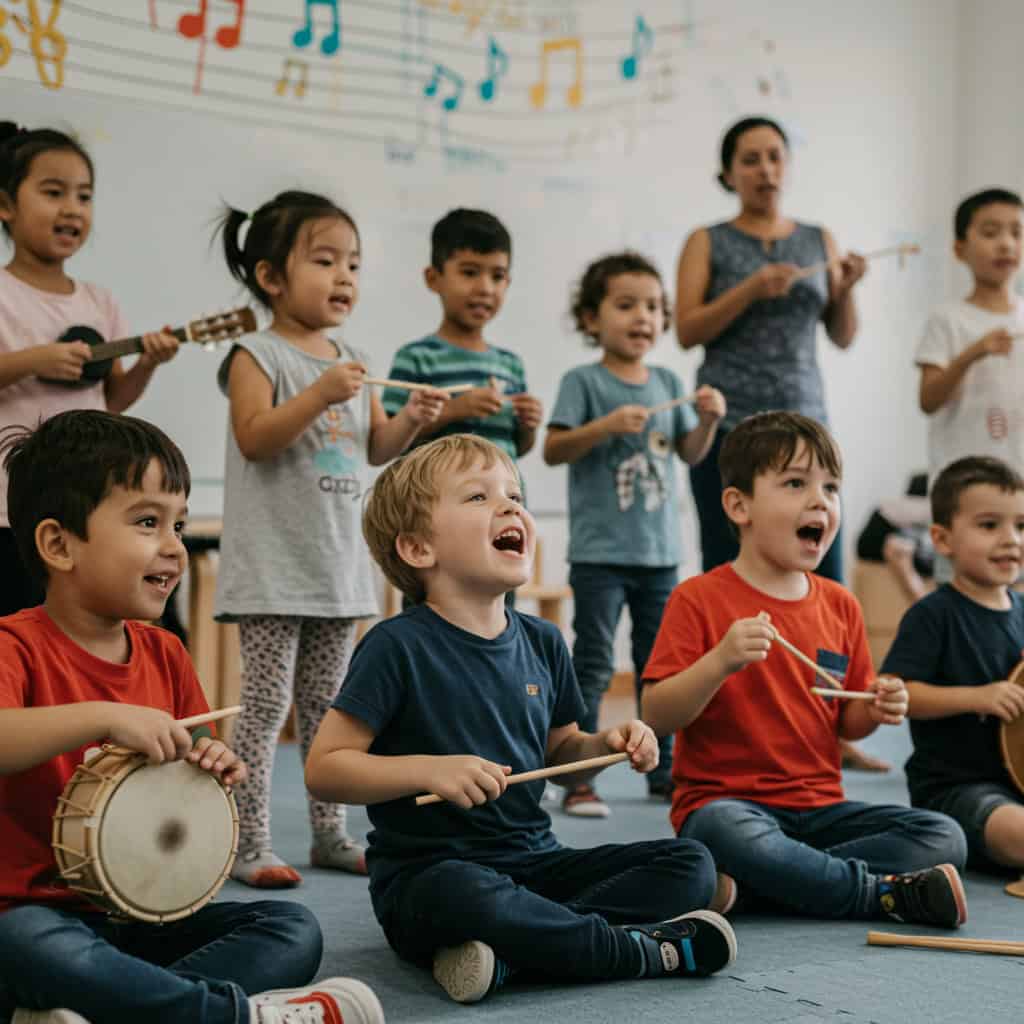
Engaging in music—whether through singing, dancing, or playing instruments—helps children develop pattern recognition, memory, and emotional intelligence. Musical activities require attentive listening and can strengthen cooperation and communication in group settings. Creating rhythms or melodies stimulates creativity while supporting language and math skills. Music education offers a multitude of developmental benefits that go far beyond simple entertainment.
8. Visiting Museums (Virtually or In-Person)
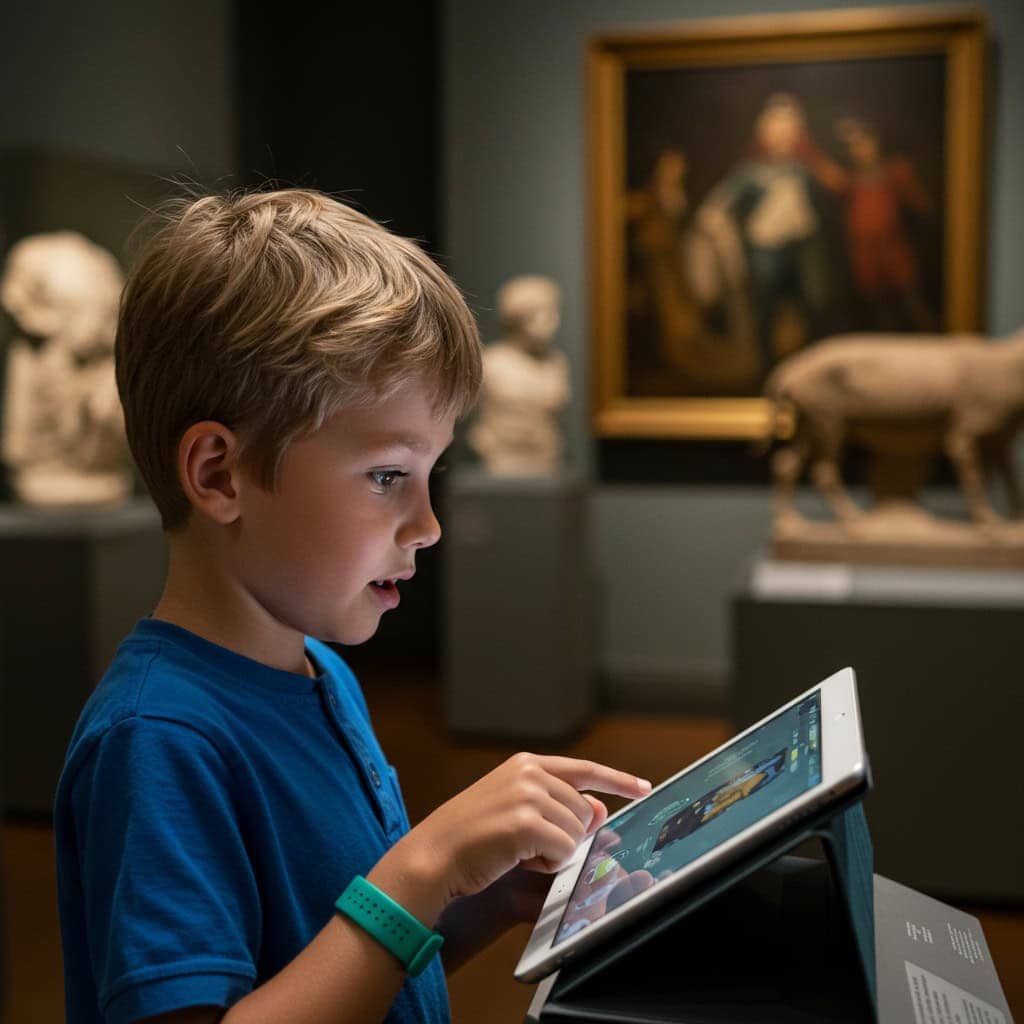
Exploring museums, whether in-person or online, inspires curiosity and introduces children to history, science, and the arts. Exhibits and artifacts prompt thoughtful questions and deeper exploration. Virtual museum tours add interactive, accessible opportunities for learning from home.
9. Storytelling and Puppet Shows

Inventing and sharing stories helps children develop language, imagination, and self-confidence. Puppet shows add a tactile, creative aspect, making it easier for shy learners to express themselves and participate. These playful activities support essential literacy skills while encouraging creativity and social development in a relaxed setting.
10. Shopping and Budgeting

Including children in shopping trips is a practical way to teach math, budgeting, and decision-making. Tasks such as comparing prices, reading product labels, and calculating the final bill help develop real-world numeracy skills. Kids also learn about making choices and managing resources. These experiences introduce financial literacy in a meaningful, hands-on context.
11. Crafting and DIY Projects
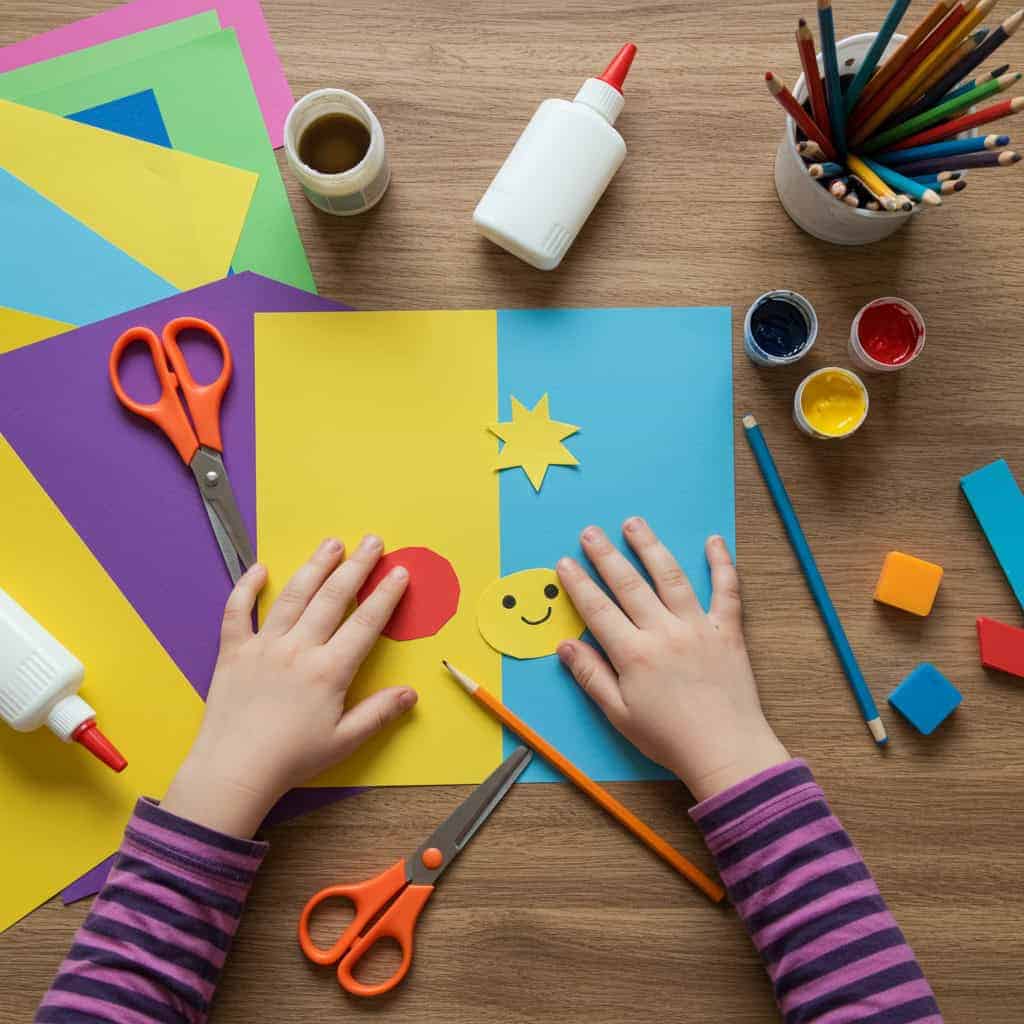
Hands-on crafting and DIY projects help children refine fine motor skills, build patience, and express creativity. Whether they’re following step-by-step instructions or inventing their own creations, kids practice problem-solving and project planning. These activities provide a meaningful outlet for imagination and perseverance.
12. Caring for Pets

Caring for pets teaches children valuable lessons in empathy and responsibility while deepening their understanding of biology. Daily tasks like feeding, grooming, and observing animal behavior encourage conversations about the needs and habits of different species. These experiences help kids build a sense of compassion and awareness.
13. Participating in Sports

Whether in organized teams or casual backyard games, sports help children develop teamwork, strategic thinking, and resilience. Understanding rules, keeping score, and practicing fair play strengthen both math skills and ethical values. Participation in sports supports physical health and teaches essential life lessons through active play.
14. Exploring Maps and Geography Apps
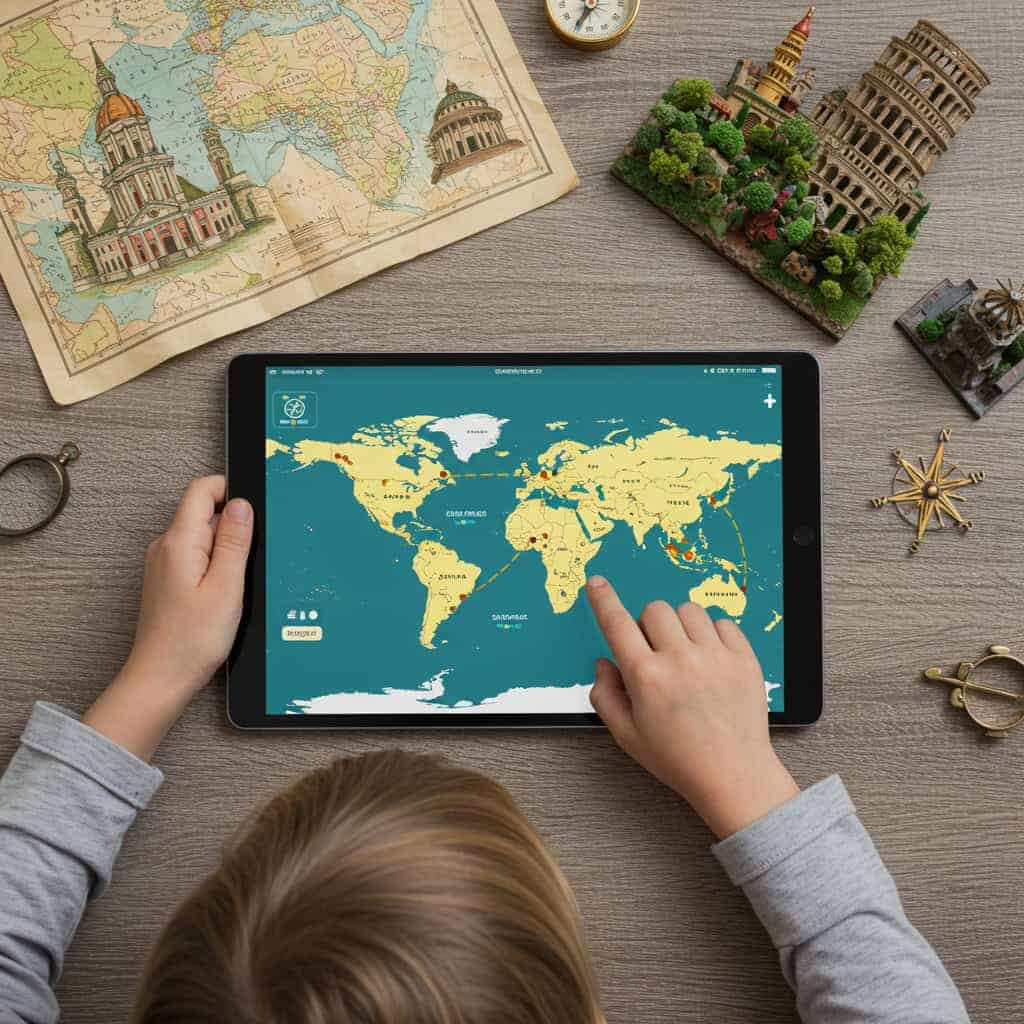
Using traditional maps or interactive geography apps helps children develop spatial awareness and a broader understanding of the world. Planning imaginary journeys or tracing routes on a map connects abstract concepts to real-world navigation. These activities also foster curiosity about cultures, landmarks, and global environments.
15. Volunteering and Community Projects
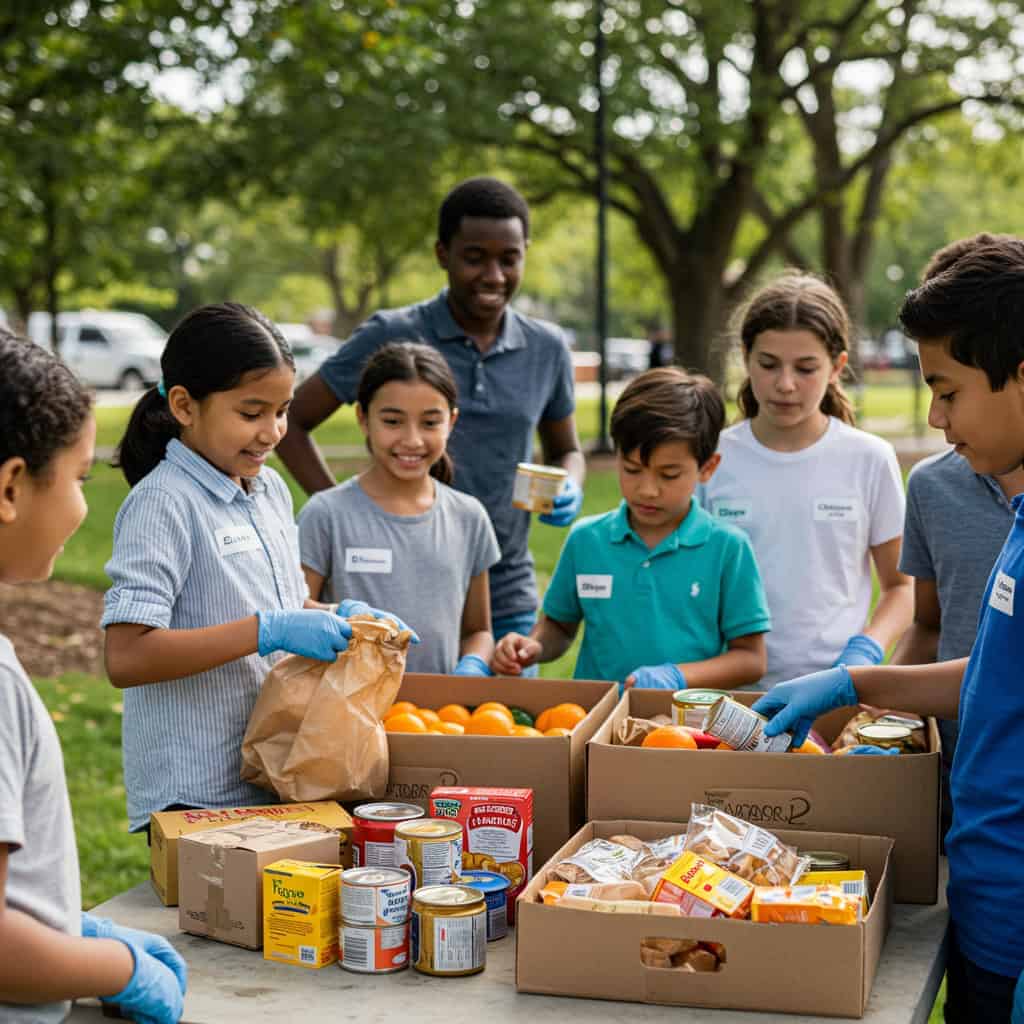
Participating in volunteer work or community projects teaches children the importance of civic responsibility, empathy, and practical life skills. Activities such as organizing a food drive or cleaning up a local park nurture teamwork, problem-solving, and leadership abilities. Volunteering benefits young people by fostering a sense of purpose and community connection.
Conclusion

Learning isn’t limited to classrooms or textbooks—it thrives in the everyday moments that often look like play or simple routines. By embracing these hidden opportunities, parents and educators can nurture curiosity, confidence, and essential life skills in children. Encouraging exploration and engagement in daily activities helps build a foundation for lifelong learning.
.article-content-img img { width: 100% }




